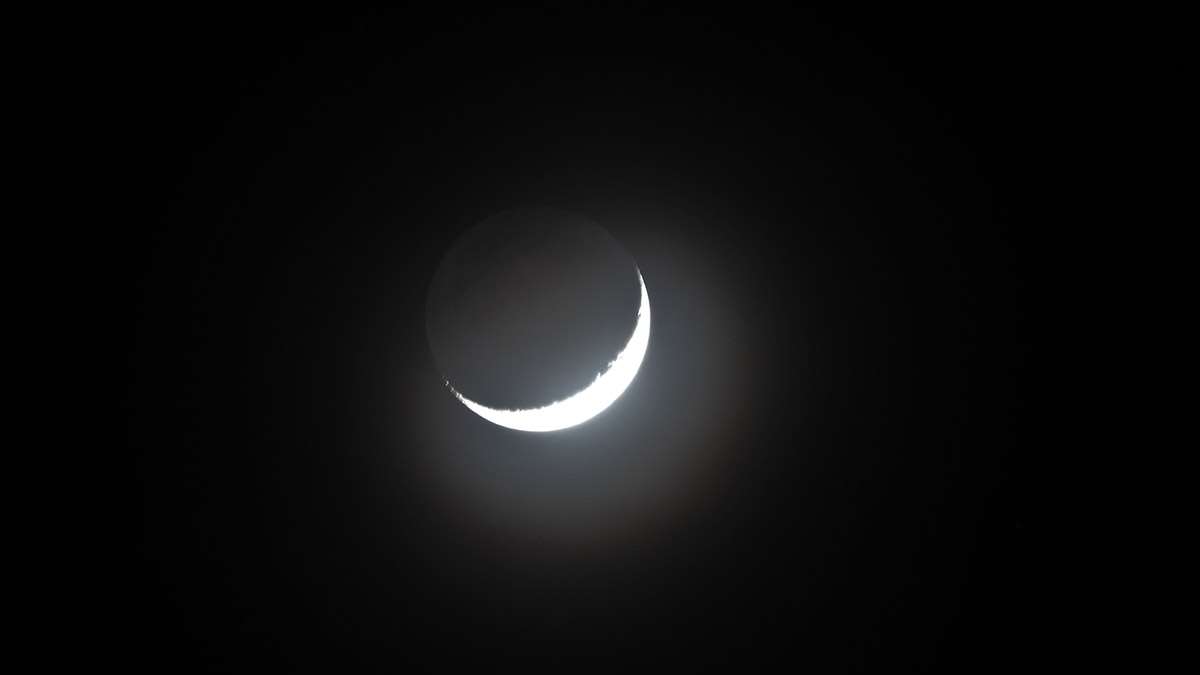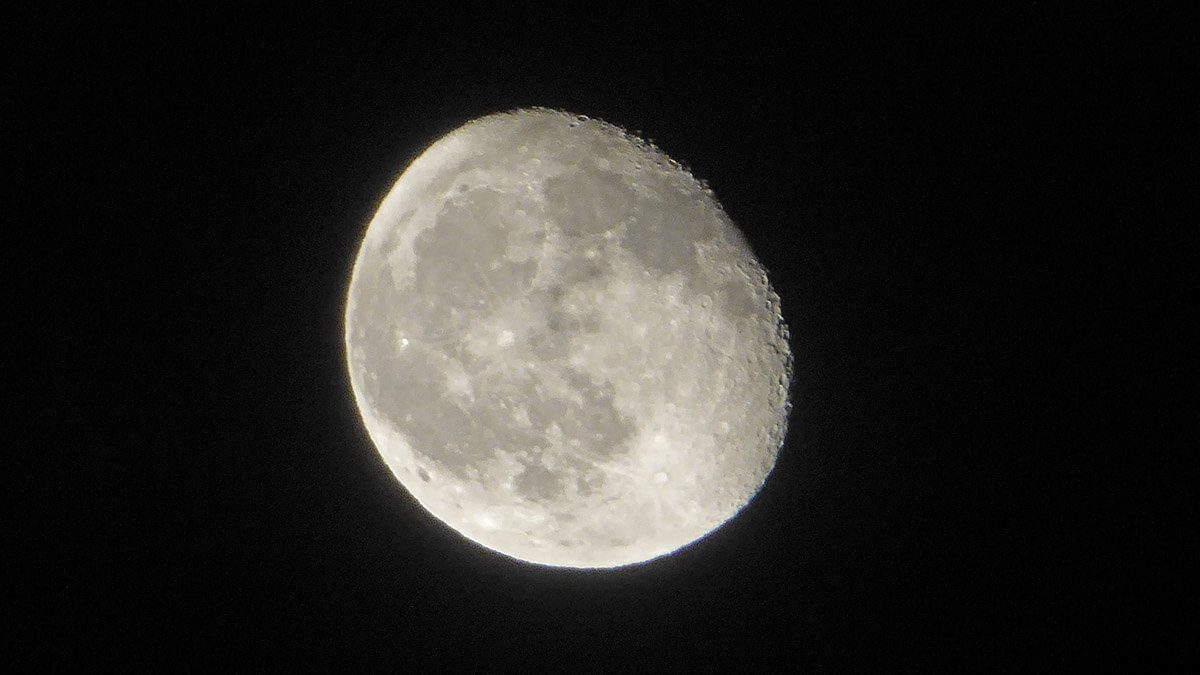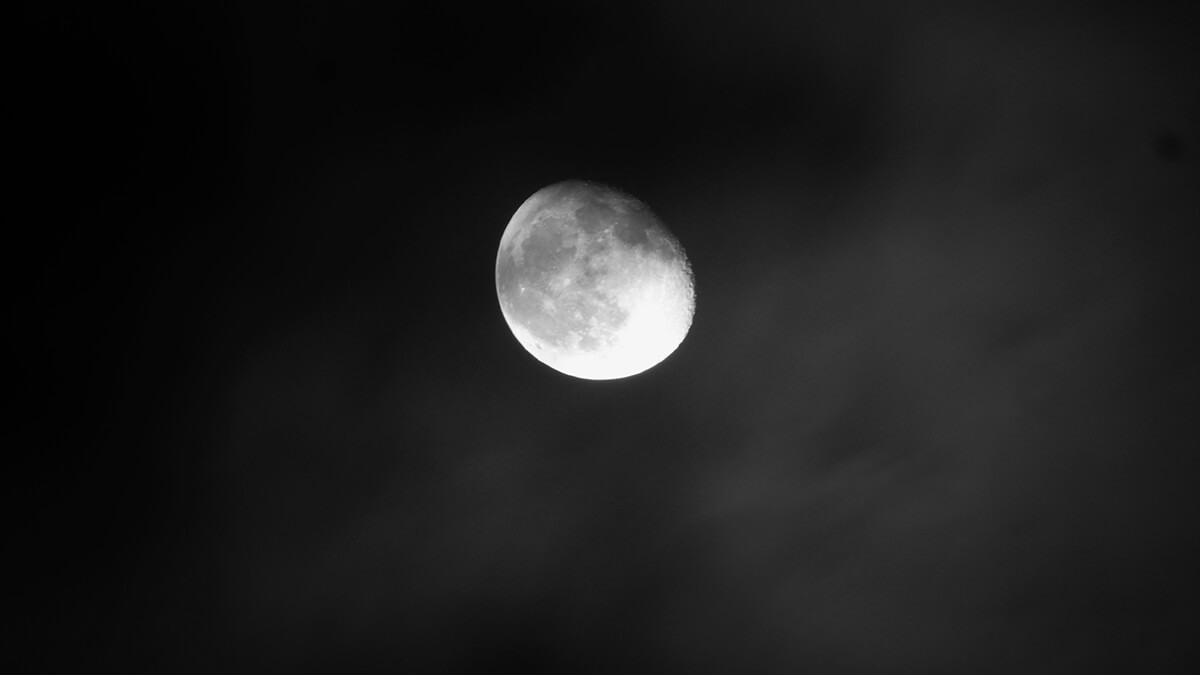TRAC Monthly Report: February 2024
- Category: Monthly Reports
- Author: JM
- Published: 02 Mar 2024
- Last updated: 03 Mar 2024
Jupiter
New Members See Jupiter
On 24 Feb 2024, we got a fairly good view of Jupiter during the early evening twilight. Since it set at 23:30, we made sure to get out early to catch it before it dropped too low in the sky.
This was also the first time new TRAC members Matey and Krum had seen Jupiter, making it an exciting moment for everyone!
The planet was very bright (mag. -2.1), with the four Galilean moons clearly visible. Io was positioned very close to the eastern edge of Jupiter. The planet's red equatorial belts were just about perceptible, though the view wasn't as sharp as our previous observations, which was disappointing.
Unfortunately, we were unable to spot Jupiter's famous Great Red Spot this month.
Jupiter Phone Photo
Jupiter was surprisingly clear at around 21:00 on 28 Feb 2024. We used the newly-purchased Celestron Omni Plossl 40mm Eyepiece, and inserted the Barlow lens between the telescope tube and star diagonal to achieve roughly 140x magnification.
The atmospheric conditions must have been fairly stable, as it was possible to capture the photo of Jupiter below. The image shows its two main equatorial belts, and even the planet's colour is visible in the shot.

Image credit: JM/TRAC
Lunar Observations
Crescent Moon with Earthshine
We were treated to a pleasant view of a slender crescent moon on the evening of 12 Feb 2024. The earthshine effect was especially striking, as light reflected from Earth cast a subtle glow on the darkened portion of the Moon.
Earthshine is most likely seen a few nights before and after a new moon, during the waxing crescent phase or the waning crescent phase.
Unfortunately, the view was short-lived as fast-moving clouds obscured the Moon. We then shifted our focus to the gas giant Jupiter.

Image credit: JM/TRAC
Gibbous Moon
On 28 Feb 2024, with the Moon 83% illuminated, it was the perfect opportunity to test the level of fine detail the camera could capture on the Moon's surface.
The results are impressive for a point-and-shoot camera that isn't designed for this kind of photography.

Image credit: JM/TRAC
The Moon took on a rather spooky appearance as it glowed brightly behind a veil of wispy clouds.

Image credit: JM/TRAC
Copernicus Crater
On 19 Feb 2024, with the Moon at 73% illumination, I set out to locate the famous Copernicus crater. Using the telescope while referring to textbook diagrams was not easy, but I was able to find Copernicus successfully. Pinpointing less prominent craters using this method would be a struggle.
The Svbony zoom lens came in very handy during the search for the crater. It allows you to zoom out until the whole of the Moon is visible, then zoom in on a specific crater. Then, by comparing the view through the eyepiece with the Moon Map, it's possible to confidently identify the crater.
February's Full Moon
We were out on 24 Feb 2024 to observe February's full moon. The views were mediocre due to clouds, so the moon appeared with a bright halo surrounding it. The conditions improved a great deal after midnight, as is often the case.
At 00:05, a satellite passed directly across the face of the Moon, appearing through the telescope as a small black disc in motion. Capturing such a rare event on camera or video would be an exciting challenge to take on in the future.
The Pleiades
On 24 Feb 2024, we conducted our first observation of the famous Pleiades open star cluster.
Despite challenging conditions, with 90% cloud cover, the six brightest stars of the cluster were visible to the naked eye. TRAC member Krum was able to count 20 stars when he looked through the telescope eyepiece.
The Pleiades will be better positioned later in the year, and I'm sure we'll be taking another look at this breathtaking star cluster in the autumn.
Summary
February 2024 was a solid month for TRAC. The weather was against us, but we made the best out of a bad situation.
There's one last observation worth mentioning: I saw a meteor at 21:45 on 24 Feb 2024 while facing north-east. Suddenly, a bright white streak shot through the sky at high speed almost vertically towards the ground.
Let's keep our fingers crossed for clear skies in March 2024, especially around the evenings close to Mercury's greatest elongation on 24 March 2024.
James M
TRAC Team Leader
02 Mar 2024 – Rainham, Kent

TRAC is an amateur astronomy group based in Rainham (Kent) in the United Kingdom.
On clear nights, you'll find us outside, observing stars, planets, moons, galaxies, satellites, meteors, and comets.
This monthly report is intended to keep club members informed of our observational activities, track progress towards the club's long-term goals, celebrate successes, and record memorable moments.
Unless stated otherwise, all magnitude values refer to apparent magnitude and have usually been rounded to one decimal place.
We welcome any questions, feedback, or suggestions you may have. Please let us know if anything is unclear or if you notice an error, inaccuracy, or typo. Contact us via email.
© 2024 Taverners Road Astronomy Club